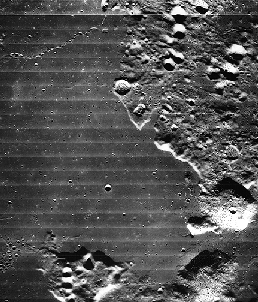The two basic types of regions on the Moon: a smooth, dark mare on the left
and a heavily-cratered, light-colored highland region on the upper right.
NASA.
Lunar Geology
Looking up at the Moon, you can see that there are dark regions and
light regions. With binoculars, you can even see that the dark
regions are smooth compared to the light regions which have many
craters.
Dark areas on the Moon are called maria, which means "seas" in
latin. Astronauts discovered that these regions are smooth and
shallow. Maria have few craters and are covered with a type of rock
(called basalts) which are similar to lava rocks formed by
volcanoes here on Earth. Tests showed that these lunar rocks are
between 3.1 and 3.8 billion years old.
Light-colored areas are more hilly and covered with lots of craters.
This is the "land", or terrae on the Moon. The color of
these areas comes from a type of light-colored rock called
anorthosite. This type of rock is found only in the oldest
mountain ranges on the Earth. Geologists have found that these lunar
rocks are over 4 billion years old. That's nearly as old as the solar
system itself!
Once it was known that the light areas were old and the dark maria
younger, scientists could piece together the Moon's history.
You might also be interested in:
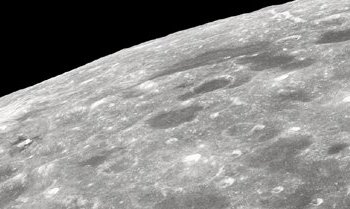
What phase was the Moon in on December, 22 1962? How long does it take the Moon to travel from one phase to the next? Suppose that the Moon spun twice on its axis during each orbit around the Earth. How
...more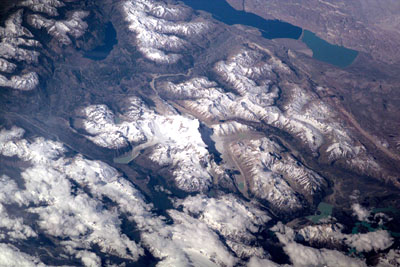
This picture was taken from high above our planet. Looking at the Earth from very far away like this we can see that some parts of our planet look light in color, and some parts look dark. The color of
...more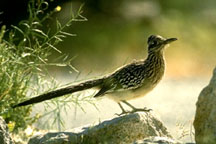
Did you know that many species of birds live in the desert? You have probably heard of the roadrunner or seen the cartoon. The roadrunner is a real bird that lives in the desert! It prefers to run rather
...more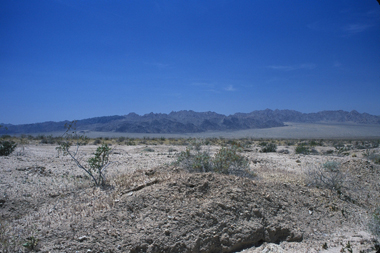
Deserts are very hot and dry places. Deserts get very little rain each year. So how do plants and animals live here? This section on the desert ecosystem will explain how! Do you know what a desert looks
...more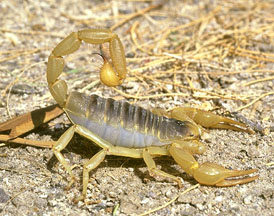
There are all kinds of insects in the desert! Some of them cause a lot of problems. The locusts fly from place to place, eating all the plants they see. But not all desert bugs are bad. There isn't a
...more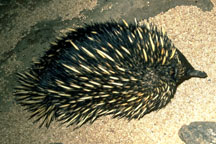
There are many species of mammals in the desert! Many of them dig holes in the ground to live in. These holes are called burrows. Rats and hamsters live in burrows. Bigger mammals, like the wild horse,
...more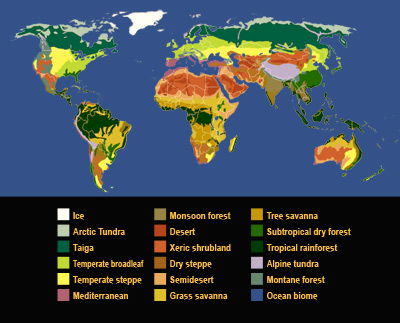
Biomes are large areas of the world where there are similar plants, animals, and other living things. The living things are adapted to the climate. Explore the links below to learn more about different
...more
